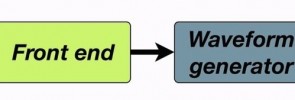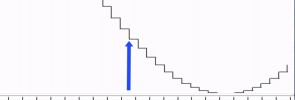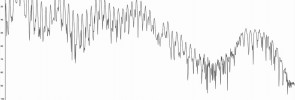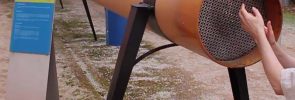
The equation for entropy is very often presented in textbooks without much explanation, other than to say it has the desired properties. Here, I attempt an informal derivation of the equation starting from uniform probability distributions. A good way to think about information is in terms of sending messages. In the video, we send messages […]
Continue reading...





 This is the new version. Still under construction.
This is the new version. Still under construction.